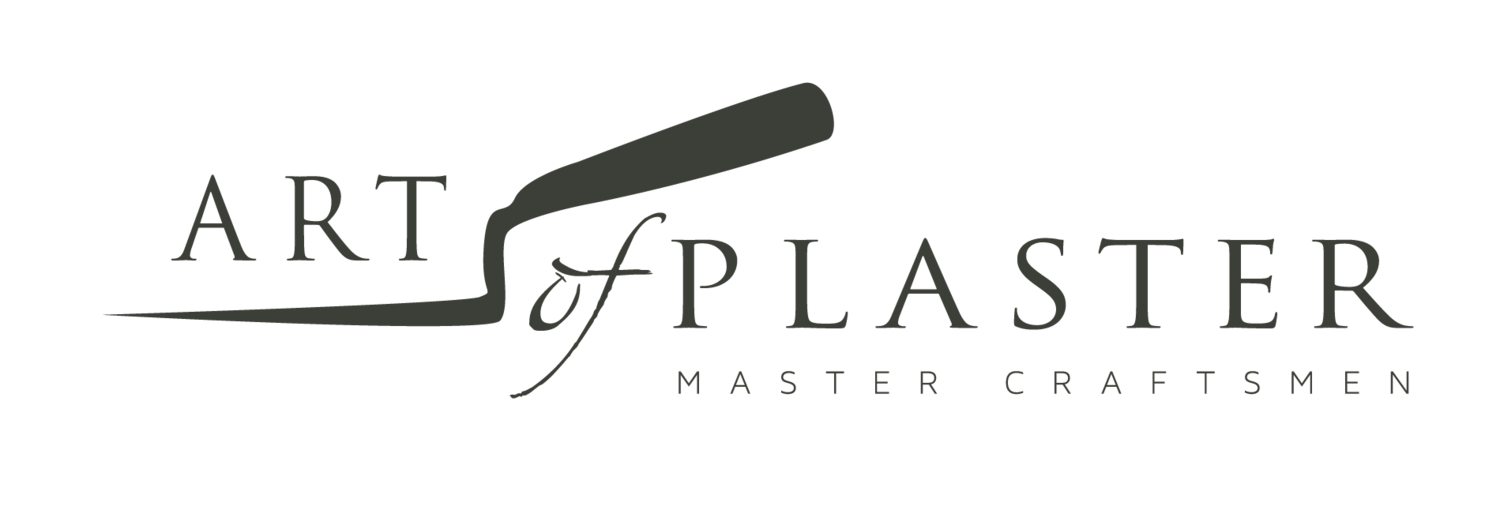Commonly asked questions.
"What is plaster?"
For our modern application of plaster, plaster is either Lime, Gypsum or Clay. These materials are a binder in which pigment and aggregate can be added to create hundreds of different types and styles of wall finishes.
"What are the benefits of plaster?"
Plasters are breathable materials, making them ideal for places such as bathroom and kitchens that see a variety of moisture variations. They are low maintenance, durable and permanent. Tinted plaster will never need to be painted in the life of your home unless you want to change the color.
"Is plaster durable?"
It is incredibly durable! Because of the nature of Lime and Gypsum, they are quite literally stone on your wall. The curing process creates a dense surface much more durable than your traditional drywall (Think about the ancient Egyptian tomb paintings, Greek and Roman Frescos and even the Vatican Ceiling!). Additionally, plaster is able to absorb noise, can help to prevent the spread of fire and has a very low impact environmental footprint. If you have a family that is very "rough" on your wall surfaces, plaster can be further sealed with protective coatings such as wax or oil.
"What is the process for having plaster in my home?"
First, we will come and see your home and space to get a sense of your aesthetic, the style of your home and what your needs are. At that meeting, we will share different plaster samples so you can get a feel for what is possible with our plasters as well as take measurements of the spaces to be plastered. Once we have a direction for color, material (Lime, Gypsum or Clay) and texture, we will often have a second design meeting to go over finish selection and make any other design decisions. Plastering takes place over the course of several days as each type of plaster is a combination of different surface preparations and layers of the plaster. Each space we plaster will be well prepared for our plaster (floors and any woodwork covered), and will be left in a broom clean manner at the end of the day.
"How do I care for my plaster?"
Plaster is super low maintenance. If your walls are unsealed, cleaning areas of high traffic with a mild soap and water mixture should be enough. For any staining, testing the plaster in an inconspicuous area with a mild over the counter bleach solution should help. Walls sealed with wax or oil can be retreated every several years depending on how they are aging.
"What is tadelakt?"
Tadelakt is an ancient Morrocan method of creating waterproof lime plaster. With the help of several layers of plaster, compression using semi-precious stones and black olive soap, a further chemical reaction takes place in the natural materials where we are able to close the plaster to a waterproof surface. We can create sinks, backsplashes, bathtubs and shower surrounds with this incredible material.
